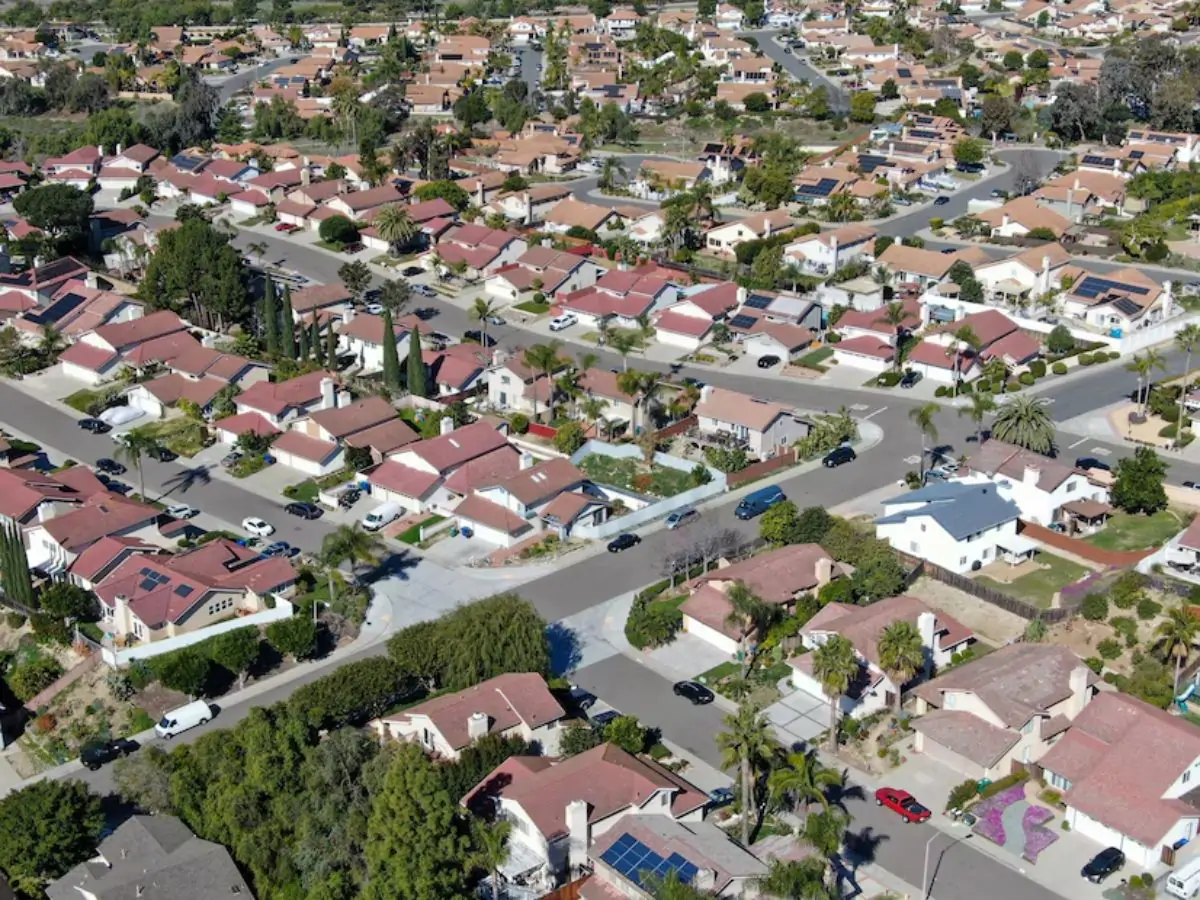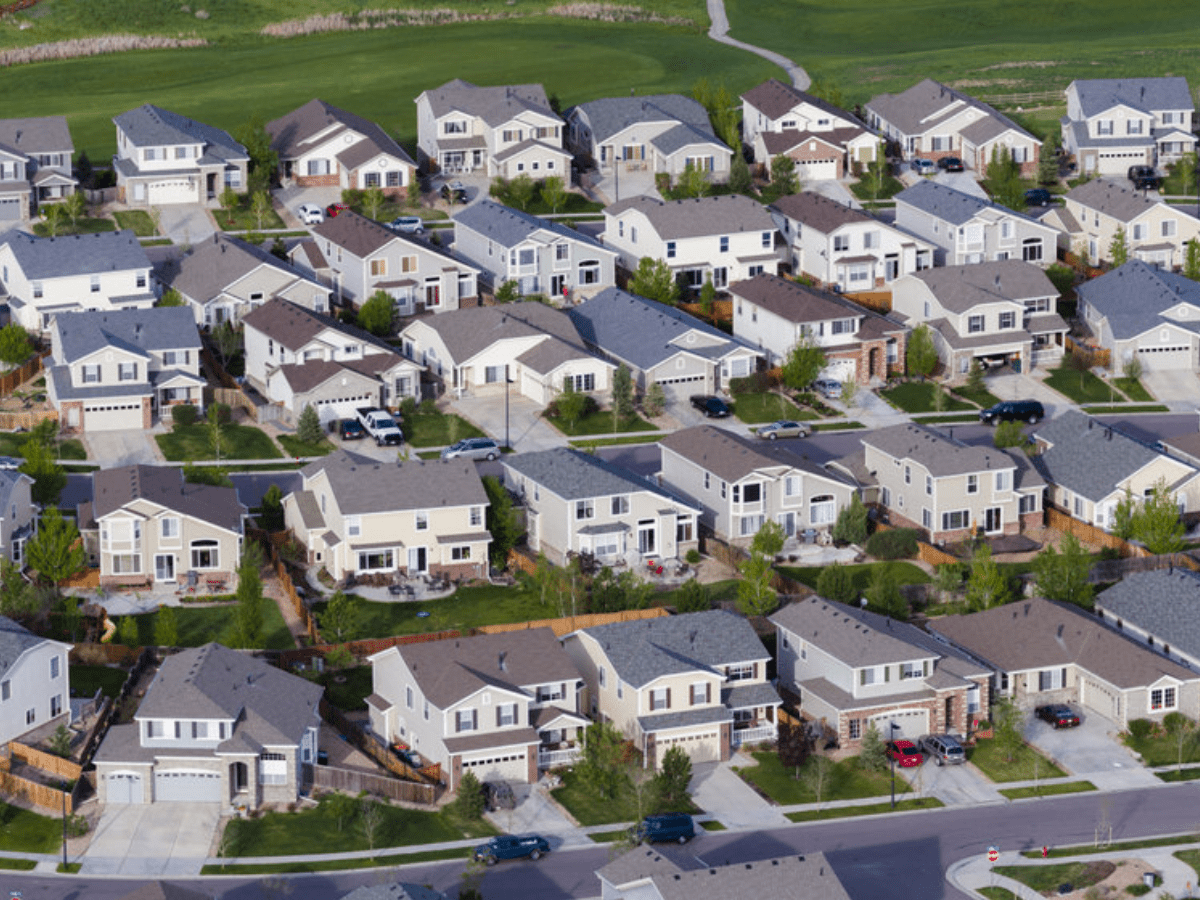
Why Homeownership Is Slipping Further Out of Reach
For generations, owning a home has been a cornerstone of the American Dream—a symbol of stability, success, and a place to truly call your own. But that dream is slipping further out of reach for millions of Americans, as the nation’s housing affordability crisis deepens into what some experts now describe as an emergency.
New data from Harvard University’s Joint Center for Housing Studies (JCHS) paints a bleak picture: in 2024, the typical single-family home in the U.S. sold for a record $412,000—a jaw-dropping five times the median household income. That’s not just unaffordable; it’s unsustainable.
“This is shocking,” said Daniel McCue, senior research associate at JCHS and co-author of the 2025 State of the Nation’s Housing report. “Five times income is far beyond the 3-to-1 ratio that’s long been seen as the benchmark for affordability.”
And the consequences are real. For the first time since 2016, the national homeownership rate declined, dipping to 65.6% in 2024 and falling again to 65.1% in early 2025. Young people under 35 are being hit the hardest, with many pushed out of the market altogether.
How Did We Get Here?
Let’s rewind a bit. Since 2019, U.S. home prices have surged 60%, rising nearly 4% just last year alone. This price jump hasn’t happened in a vacuum. A mix of rising interest rates, tight housing supply, increased construction costs, and post-pandemic demand has all contributed.
The result? That $412,000 home now requires a monthly mortgage payment of $2,570—assuming a 30-year loan with a modest 3.5% down payment, typical of first-time buyers. That’s 40% more than buyers paid in 1990, even after adjusting for inflation.
To afford that kind of payment without being “house poor,” buyers need to earn at least $126,700 a year. But according to the American Community Survey, only 6 million of the nation’s 46 million renters meet that bar.
“In more than half the U.S., buyers now need six-figure incomes just to have a shot at affording a median-priced home,” McCue said during a presentation at the Federal Reserve Bank of Boston.
Not Just a Coastal Problem Anymore
Traditionally, headlines about housing crises focused on places like San Francisco, Los Angeles, and New York. But that’s no longer the case.
“This isn’t just a California or Manhattan problem,” said Clark Ziegler, executive director of the Massachusetts Housing Partnership. “The affordability crisis is everywhere.”
Only three of the nation’s 100 largest metro areas—Akron, OH; McAllen, TX; and Toledo, OH—still have price-to-income ratios below 3. In cities like Los Angeles and Miami, that number has ballooned to 8 or more. That means the typical home costs eight times what the typical household earns in a year.
“We need our hair on fire around housing costs,” Ziegler said. “We need to shake up the system, and we are nowhere near where we need to be.”
Locked-In and Locked Out
The slowdown in the housing market hasn’t translated into relief for buyers. Existing-home sales plummeted to a 30-year low in 2024, with just 4.06 million closings. A big part of that is what economists call the “lock-in effect”—many current homeowners are sitting tight, unwilling to trade in their ultra-low mortgage rates for today’s higher ones.
“It’s like a game of musical chairs where no one wants to move,” McCue said.
The only slight bright spot? New-construction homes. Sales ticked up 3% last year, but that bump came with an asterisk: over 60% of builders had to offer special incentives to lure buyers, and a third of them resorted to price cuts, according to a May 2025 survey from the National Association of Home Builders.
The Hidden Costs of Staying Put
But buying a home is just one part of the affordability puzzle. Even those who do manage to purchase are being squeezed by hidden costs—rising property taxes and insurance premiums.
Home insurance, in particular, has skyrocketed. According to Freddie Mac, premiums jumped 57% from 2019 to 2024, especially in areas vulnerable to climate-related disasters. In Miami, for example, homeowners now shell out an eye-watering $900 a month just for insurance, three times the national average.
Add in property taxes, and the numbers get even uglier. In Boston, taxes and insurance tack on another $1,000 a month to a buyer’s bill.
A System Ripe for Disruption
The report makes one thing crystal clear: the U.S. housing market is broken. Supply isn’t keeping up with demand. Costs are rising faster than wages. And too many Americans are being left behind.
“We’re really at a point where we need more housing—affordable housing,” said Chris Herbert, managing director of JCHS. “But the market isn’t built to deliver that right now.”
It’s a call to action that resonates beyond housing policy circles. Economists warn that when young people can’t buy homes, they delay having children, building wealth, and even starting businesses. The ripple effects touch every part of the economy.
Ziegler, for one, believes it’s time to rethink everything—from how we finance homes to how we build them.
“We have to meet people where they are,” he said. “That means producing homes people can actually afford, not luxury condos or oversized suburban houses no one under 40 can touch.”
What Comes Next?
There’s no quick fix, but experts say several things can help:
- Zoning reform to allow for more multifamily and “missing middle” housing.
- Incentives for developers to build affordable homes.
- Down payment assistance for first-time buyers.
- Public investment in social housing and infrastructure.
“We can’t afford to sit this one out,” McCue warned. “Now is not the time to step back—it’s time to step up.”
Whether policymakers heed that call remains to be seen. But one thing’s certain: until the country finds a way to make housing affordable again, the American Dream will stay on pause for millions.



